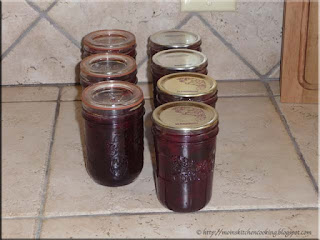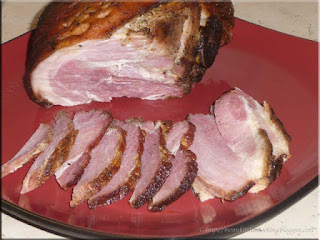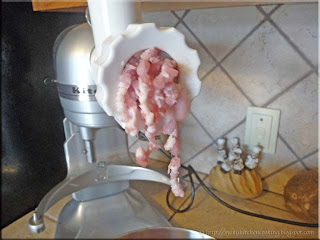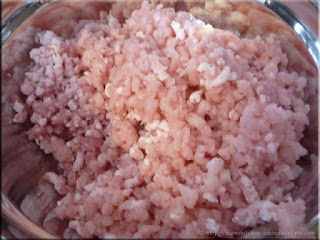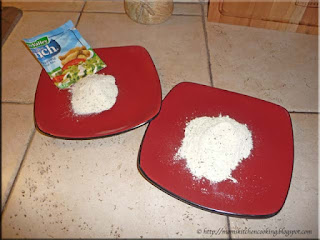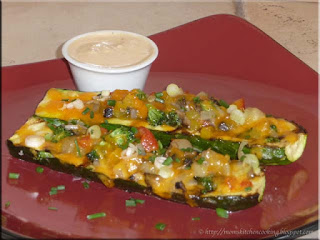Aruba is a beautiful Caribbean island with a multitude of sightseeing opportunities. The climate varies little from the annual average of a sunny 81ºF/27ºC tempered by the northeasterly trade winds. It is out of range of the Caribbean hurricanes. During our recent spring vacation, we took advantage of the sightseeing opportunities there with a side sightseeing trip made almost daily. We visited the California Lighthouse, named after the steamship California (wrecked September 23, 1891) located just off of Arashi Beach on the northwest tip of the island. The lighthouse sand coloured lighthouse on an octagonal base is quite impressive! While it is no longer open to the public, the lighthouse is well worth visiting. Adjacent to the lighthouse is La Trattoria el Faro Blanco, a small restaurant featuring Italian cuisine. Closer to the lighthouse there is a little refreshment stand featuring frozen drinks and sodas.

The refreshment stand was really quite small, offering little shade to those working there or visiting. Small tables were set up to hold additional beverage coolers. . Bins of coconuts were set along one small table waiting to be opened for use in the frozen drinks. Both the coconut meat and juice are used in these delicious, refreshing concoctions.
Coconut palms are abundant on the island which means coconut is an ingredient in many dishes and drinks. Coconuts sell for $3 to $5 from street vendors but depending on where you stay in Aruba, you may be allowed to gather them for free. Be sure to ask though before gathering coconuts.

Coconuts have a hard outer shell (green) that protects the inner shell (brown) surrounding the meat and juice. A fresh coconut should have juice in it. When you buy coconuts in North America, the green shell is usually removed. The brown shell is then wrapped in plastic to prevent the meat and juice from drying out. Always shake a coconut to be sure there is juice inside before buying it. Of note, the actual coconut juice can act as a strong laxative so do use caution in that respect. It is quite easy to become dehydrated in Aruba as it is a desert island. It is also important to not drink coconut juice from a coconut tree that has been infected with the red palm weevil as an injected toxin taints the juice.
I was amazed watching the vendor opening the coconuts with a machete! He was a very friendly bloke but then most are in Aruba, known for it's catering to tourism and being
One Happy Island! Here's a short video I took of him preparing the coconut while a gecko tickled my toes.
The only tools the vendor used were a machete and piece of the broken shell to scoop out the coconut meat. It was quite impressive to say the least!
Coconut milk is available in the grocery stores in North America. Here, in beautiful southwestern Ontario I pay about $2.19 for a 398 ml/13.5 oz can of coconut milk. It doesn't go on sale because coconut milk is a specialty item. However, a large coconut can often be bought for $1.79 or less. It gives a yield of 4 to 6 c (L to 1.5 L) of coconut milk. Here is the recipe for making your own coconut milk that tastes so much nicer and less expensive than the store bought, canned version.
Coconut Milk
source: This is the Way We Cook!, compiled by Jewell Fenzi, ProGraphics Inc, Aruba. Pp. 42
1 c grated coconut*
3 c boiling water
Place the coconut meat in a saucepan. Pour the boiling water over it and cover tightly. Let stand for 30 minutes. Pour the liquid through a fine sieve while pressing all the moisture from the coconut. Discard the coconut and reserve the coconut milk for cooking.
*Fresh coconut gives a more delicate flavour but desiccated meat may also be used.








